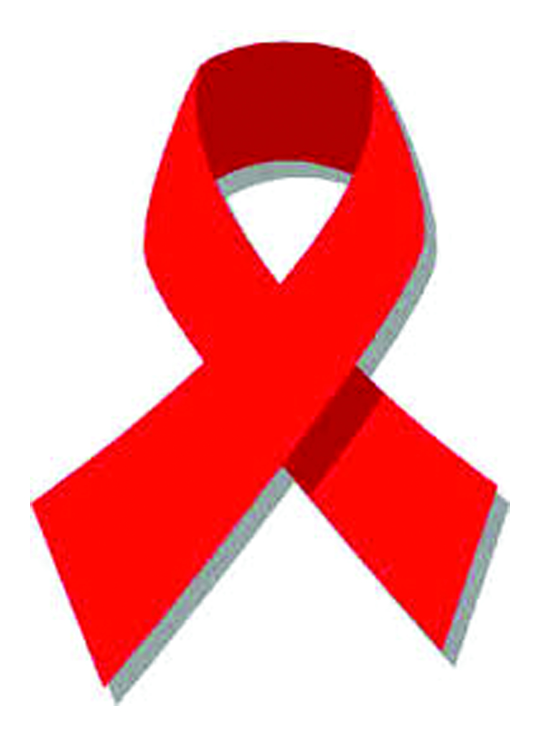Giving in to risky excesses

by Mary Turner
HIV/AIDS Columnist
This is the season for giving and receiving, but not every gift is wanted. One such “gift” that has been a problem for decades is HIV.
The holiday season can be very joyous for some. It’s a time of parties and families, of seeing old friends and making new ones. It’s a time for letting your hair down and giving in to risky excesses that we might not always allow ourselves.
For others, the season is a time of sadness and depression, of feelings of loneliness and despair. Those who feel this way may also engage in risky behaviors to lessen their loneliness.
In addition, this is the season for sharing upper respiratory infections such as colds and flu. The flu is a serious infectious illness that takes the lives of tens of thousands of people in the United States each year, in large part due to the fact that it is so common that people don’t take it seriously. That’s certainly a problem for those who contract the flu, but it’s even more problematic for those who have recently contracted HIV.
According to the Mayo Clinic website, early HIV symptoms typically occur about a month or two after a person is infected and are similar to a bad case of the flu: fever, headache, fatigue, swollen lymph glands, and rash. These symptoms only last for a week or two, if at all, and then go away. People often choose to ignore those symptoms because they believe they’ve just experienced a different kind of viral infection. People!
Prevention is best, but it isn’t always possible. Knowledge is power, so if there is any chance that you may have been exposed to HIV, seek medical attention immediately to get tested and begin the discussion about which treatment options are better for you. Early interventions save lives, and life is the best gift you can give or receive.
Happy Holidays
_
Copyright 2016 The Gayly - 11/29/2016 @ 7:14 a.m.





